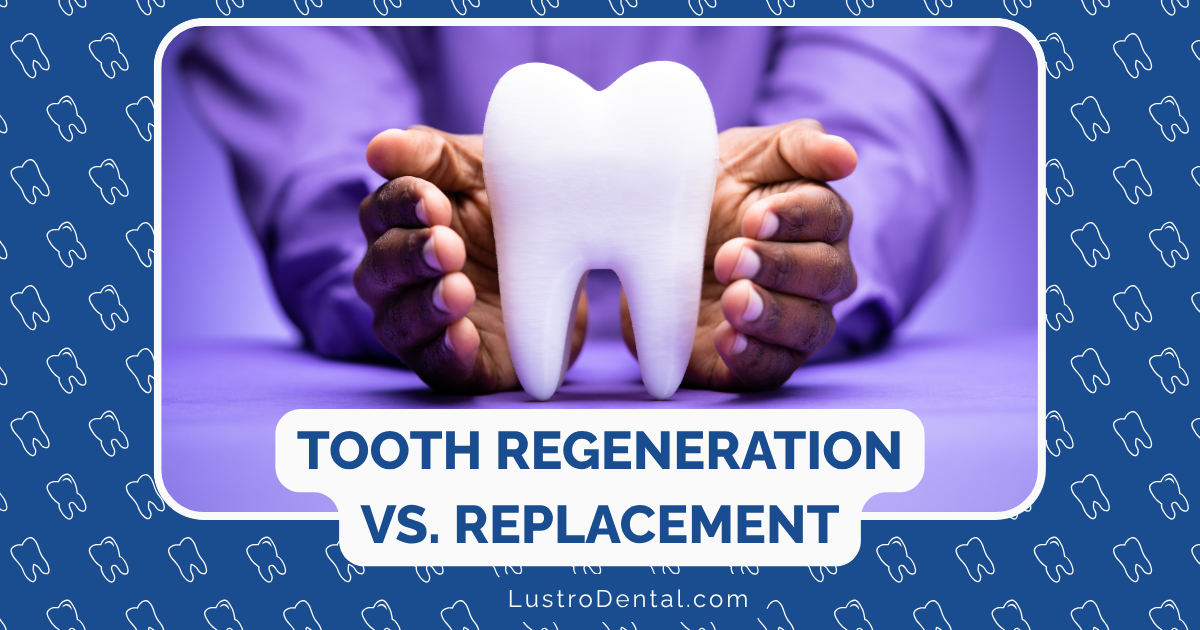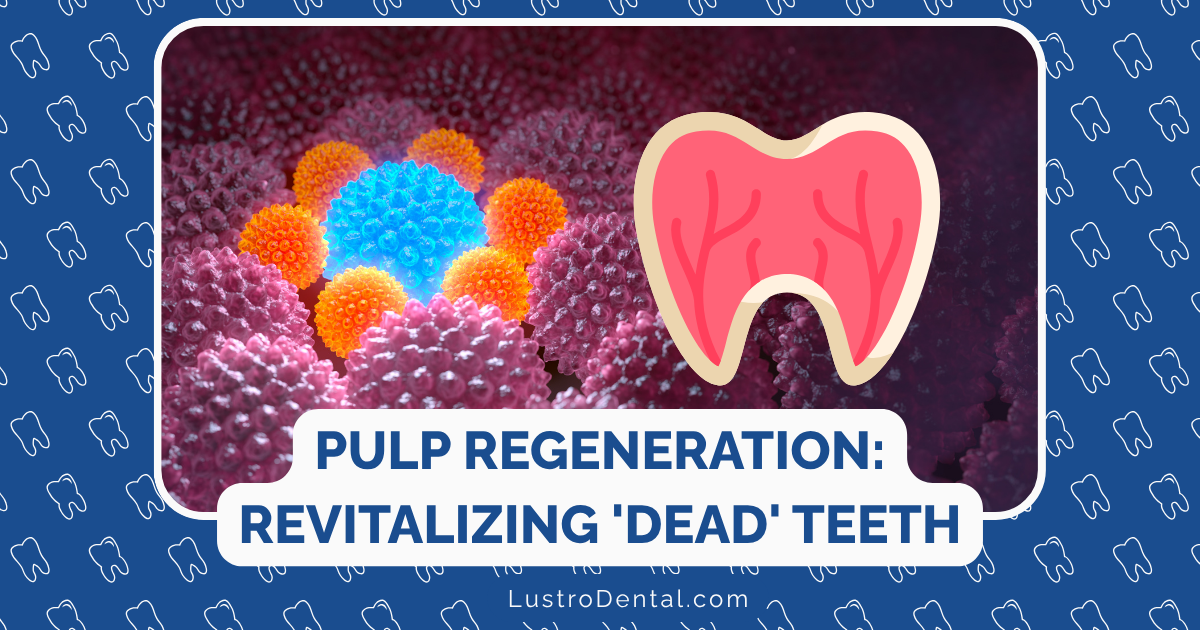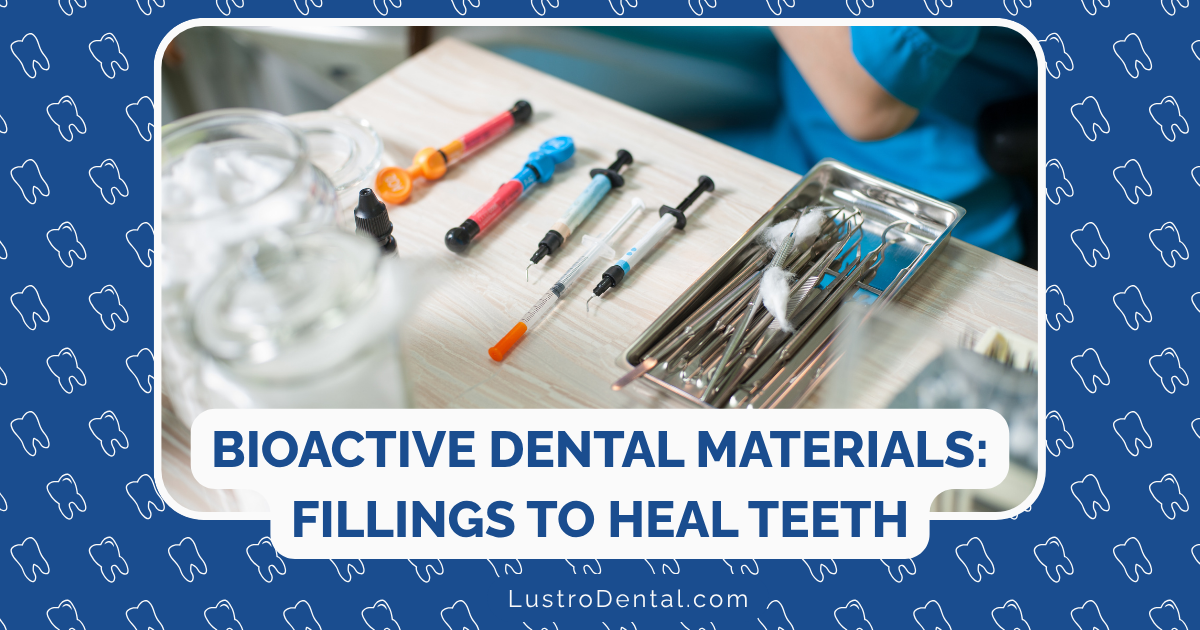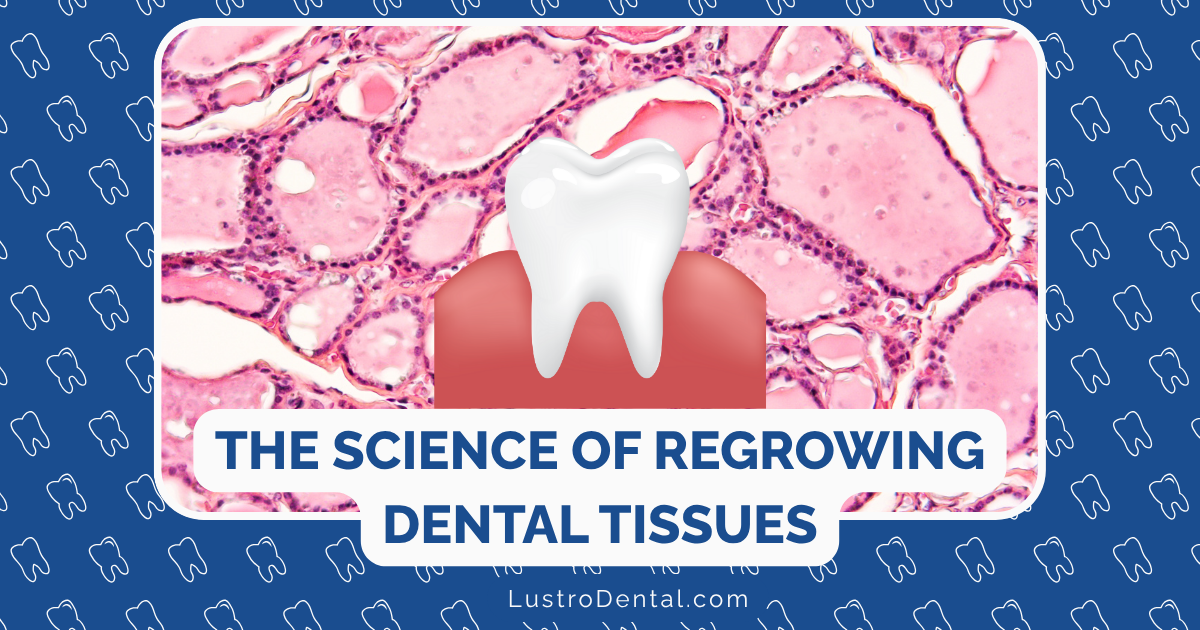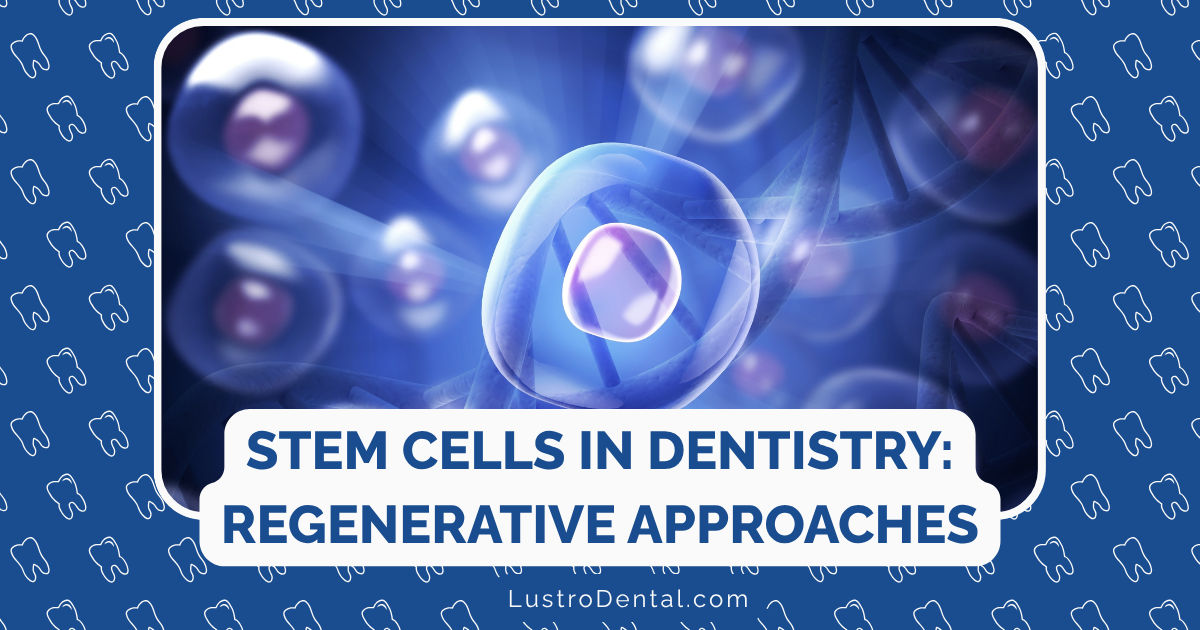Predictive Dentistry: Using AI to Forecast and Prevent Dental Problems
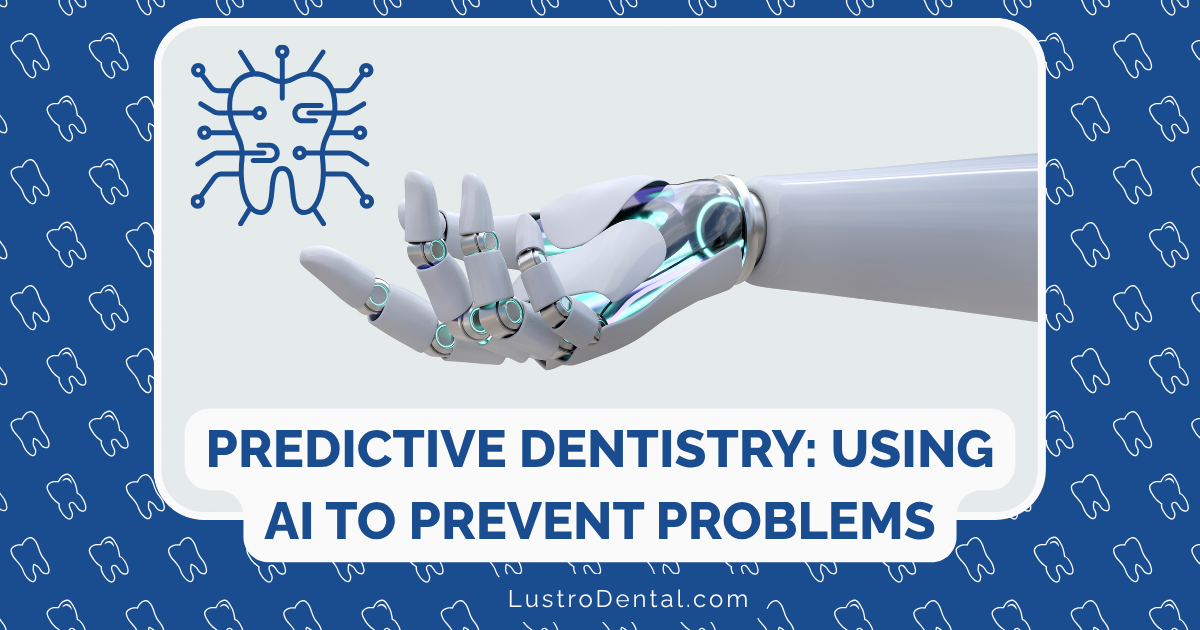
For decades, dentistry has primarily followed a reactive approach—identify problems after they’ve developed and then treat them. While preventive measures like regular cleanings and fluoride treatments have always been part of dental care, true prevention has been limited by our ability to predict who will develop specific dental issues and when. That’s changing dramatically with the emergence of predictive dentistry—a revolutionary approach that leverages artificial intelligence (AI) and machine learning to forecast dental problems before they occur, potentially transforming how we maintain oral health.
The Shift from Reactive to Predictive Dental Care
Traditional dentistry typically follows a pattern: a patient develops a problem, experiences symptoms, visits the dentist, receives a diagnosis, and undergoes treatment. Even routine check-ups often focus on finding existing issues rather than preventing future ones.
Dr. Sarah Johnson, Director of the Center for Digital Dentistry explains: “For too long, dentistry has been playing catch-up with disease. We’ve been excellent at treating problems but less effective at truly preventing them. Predictive analytics is changing that fundamental dynamic by giving us insight into what might happen next in a patient’s mouth.”
This shift represents more than just a technological advancement—it’s a philosophical transformation in how we approach oral health, moving from disease management to genuine disease prevention.
Understanding Predictive Analytics in Dentistry
At its core, predictive dentistry combines several technological approaches:
Artificial Intelligence and Machine Learning
AI systems, particularly those using machine learning algorithms, can analyze vast amounts of data to identify patterns and make predictions. In dentistry, these systems examine:
- Patient dental records and treatment histories
- Radiographic and intraoral images
- Medical histories and genetic information
- Lifestyle and behavioral factors
- Demographic data
By processing this information through sophisticated algorithms, AI can identify subtle patterns that might escape human observation and use these patterns to predict future developments.
Big Data Analytics
The power of predictive dentistry comes partly from its ability to analyze not just individual patient data but to compare it against millions of other cases. According to research published in the Journal of Dental Research, models trained on large datasets can identify risk factors and progression patterns with significantly higher accuracy than traditional methods.
Dr. Michael Chen, a researcher at the American Dental Association’s Science & Research Institute, notes: “What makes today’s predictive models so powerful is the sheer volume of data they can process. A dentist might see thousands of patients in their career, but AI systems can analyze millions of cases, identifying correlations and risk factors that wouldn’t be apparent otherwise.”
Real-Time Monitoring and Updates
Unlike static risk assessments, modern predictive systems continuously update their predictions as new data becomes available. This dynamic approach means that risk profiles evolve with changes in patient behavior, new treatments, or emerging conditions.
Applications in Preventive Dental Care
Predictive analytics is being applied across multiple areas of dentistry, with particularly promising results in several key areas:
Caries (Cavity) Risk Assessment and Prevention
Dental caries remains one of the most common chronic diseases worldwide. Traditional caries risk assessment relies on relatively basic factors like diet, oral hygiene, and past caries experience. AI-enhanced predictive models go much further:
- Microbial Analysis: Identifying specific bacterial profiles associated with higher caries risk
- Salivary Biomarkers: Analyzing saliva composition to predict demineralization risk
- Dietary Pattern Recognition: Assessing complex dietary patterns rather than just sugar intake
- Treatment Response Prediction: Forecasting how well a patient will respond to specific preventive measures
A 2023 study in the Journal of Dental Research found that AI-based caries prediction models achieved 88% accuracy in forecasting new lesions within 18 months, compared to 62% for traditional risk assessment methods.
For patients like Mark, a 35-year-old with a history of occasional cavities, predictive analytics might reveal that his specific oral microbiome and salivary pH make him particularly susceptible to decay on occlusal (biting) surfaces. This insight allows his dentist to recommend targeted preventive measures like sealants and prescription-strength fluoride for those specific areas, rather than a generic approach.
Periodontal Disease Progression
Gum disease progression has traditionally been difficult to predict, with dentists often detecting significant damage only after it has occurred. AI-powered prediction models are changing this by:
- Identifying subtle radiographic changes that precede clinical symptoms
- Recognizing inflammatory patterns that indicate future attachment loss
- Predicting which sites are most likely to deteriorate
- Calculating personalized maintenance intervals based on individual risk factors
Research published in the Journal of Clinical Periodontology demonstrated that machine learning algorithms could predict periodontal disease progression with 82% accuracy, potentially allowing for site-specific preventive interventions before tissue destruction occurs.
Orthodontic Outcomes and Complications
Predictive analytics is proving valuable in orthodontics by:
- Forecasting treatment outcomes based on patient-specific factors
- Predicting potential complications like root resorption
- Estimating treatment duration more accurately
- Identifying patients at higher risk for relapse
These insights allow orthodontists to modify treatment plans, implement preventive measures for potential complications, and set more accurate expectations for patients.
Oral Cancer Risk Assessment
Perhaps most critically, predictive analytics shows promise in identifying patients at elevated risk for oral cancer. By analyzing factors including:
- Genetic markers
- Behavioral risk factors
- Previous lesion characteristics
- Cellular changes in apparently normal tissue
AI systems can flag high-risk patients for enhanced screening protocols, potentially detecting malignancies at earlier, more treatable stages.
The Patient Experience: Personalized Preventive Care
For patients, predictive dentistry translates to a more personalized approach to oral healthcare. Rather than receiving generic recommendations, patients benefit from customized prevention strategies based on their specific risk profile.
Individualized Prevention Plans
Jennifer, a 42-year-old patient at a practice using predictive analytics, describes her experience: “My dentist showed me a visual risk map of my mouth, identifying specific teeth at higher risk for different problems. Instead of just telling me to ‘floss more,’ I received a detailed prevention plan targeting my particular risks. It felt like the advice was actually meant specifically for me, not just generic recommendations.”
These personalized prevention plans typically include:
- Customized home care protocols
- Tailored professional intervention schedules
- Specific preventive treatments for high-risk areas
- Lifestyle modifications based on individual risk factors
- Regular reassessment and plan adjustment
Enhanced Patient Education and Motivation
Predictive models often generate visual representations of potential future problems, which can be powerful motivational tools. Seeing a simulation of how gum disease might progress without intervention, for example, can be more compelling than abstract warnings.
Dr. Rebecca Martinez, who incorporates predictive analytics in her practice, notes: “When patients can visualize their personal risk and the potential consequences, it transforms how they think about prevention. It becomes concrete rather than theoretical. I’ve seen dramatic improvements in compliance when patients understand their specific risks.”
Economic Benefits for Patients
Beyond health outcomes, predictive dentistry offers potential economic benefits for patients:
- Reduced treatment costs: Preventing problems is typically less expensive than treating them
- Fewer emergency visits: Predictable care means fewer unexpected dental issues
- Preservation of natural teeth: Avoiding the long-term costs associated with tooth loss and replacement
- Optimized insurance utilization: Better planning of necessary preventive procedures
A cost-effectiveness analysis published in the Journal of Public Health Dentistry suggested that AI-guided preventive care could reduce lifetime dental costs by 15-28% for high-risk patients.
Implementation in Dental Practices
For dental professionals, implementing predictive analytics represents both an opportunity and a challenge. Here’s how forward-thinking practices are integrating these technologies:
Data Collection and Integration
Effective prediction requires comprehensive data. Modern dental practices are:
- Standardizing their data collection protocols
- Integrating multiple data sources (clinical records, images, patient-reported information)
- Implementing secure data storage and management systems
- Using structured data formats that facilitate analysis
User-Friendly Interfaces
For predictive analytics to be practical in clinical settings, the insights must be accessible and actionable. Leading systems feature:
- Visual risk maps that highlight areas of concern
- Simplified risk scores that quantify patient vulnerability
- Treatment recommendation engines that suggest evidence-based interventions
- Patient-friendly visualizations for education and motivation
Workflow Integration
Dr. James Wilson, who recently implemented predictive analytics in his practice, shares: “The key to successful adoption was integrating the predictive tools into our existing workflow. The system flags high-risk patients before their appointments, allowing us to plan accordingly and focus our attention where it’s most needed.”
Effective integration typically involves:
- Automated risk assessment prior to appointments
- Integration with practice management software
- Clinical decision support at point-of-care
- Streamlined documentation of preventive interventions
Challenges and Limitations
Despite its promise, predictive dentistry faces several challenges that must be addressed for widespread adoption:
Data Quality and Standardization
Predictive models are only as good as the data they’re trained on. Current challenges include:
- Inconsistent documentation practices across providers
- Lack of standardized terminology and coding
- Missing or incomplete historical records
- Limited integration between medical and dental records
Organizations like the American Dental Association are working to establish data standards that will facilitate more effective predictive analytics.
Ethical and Privacy Considerations
The use of patient data for prediction raises important ethical questions:
- Ensuring proper informed consent for data usage
- Maintaining data security and privacy
- Addressing potential biases in algorithms
- Managing incidental findings
Dr. Elena Rodriguez, an ethicist specializing in healthcare AI at the Center for Dental Ethics, emphasizes: “As we implement these powerful predictive tools, we must ensure they’re used ethically, with appropriate patient consent and understanding. We also need to be vigilant about potential algorithmic biases that could affect care recommendations.”
Integration with Clinical Judgment
Predictive analytics should enhance rather than replace clinical judgment. Finding the right balance involves:
- Using AI predictions as decision support rather than directives
- Maintaining clinical skills and critical thinking
- Understanding the limitations of predictive models
- Explaining to patients the basis for recommendations
The Future of Predictive Dentistry
As technology continues to evolve, several emerging trends are likely to shape the future of predictive dentistry:
Integration with Wearable Technology and IoT Devices
The next frontier may involve real-time data collection through:
- Smart toothbrushes that monitor brushing effectiveness and detect early changes in oral health
- Intraoral sensors that monitor salivary biomarkers
- Smartphone applications that track dietary patterns and oral hygiene compliance
- Mouthguards with embedded sensors for bruxism and occlusal force monitoring
These continuous data streams could enable much more dynamic and responsive prediction models.
Genetic and Microbiome Analysis
Emerging research is exploring how genetic factors and oral microbiome composition influence dental disease risk. Future predictive models will likely incorporate:
- Genetic susceptibility testing for periodontal disease and caries
- Microbiome analysis to identify dysbiosis before clinical symptoms appear
- Pharmacogenomic predictions of response to preventive medications
- Personalized probiotics and targeted antimicrobial therapies
Multi-Disease Prediction and Integration with Systemic Health
Given the established connections between oral and systemic health, future predictive models will likely take a more holistic approach:
- Identifying oral manifestations of systemic diseases
- Predicting bidirectional impacts between oral conditions and systemic health
- Coordinating with medical predictive analytics for comprehensive health forecasting
- Integrating dental risk factors into cardiovascular, diabetic, and other disease risk assessments
Conclusion: A Preventive Revolution in Dentistry
Predictive dentistry represents nothing less than a paradigm shift in how we approach oral health—moving from a primarily reactive model to a truly preventive one. By harnessing the power of artificial intelligence, machine learning, and big data analytics, dental professionals can identify potential problems before they develop, implement targeted preventive strategies, and ultimately help patients maintain healthier mouths with less invasive treatment.
While challenges remain in data standardization, ethical implementation, and clinical integration, the trajectory is clear: the future of dentistry will be increasingly predictive, personalized, and preventive. For patients, this means fewer dental problems, less invasive treatments, and better oral health throughout life. For dental professionals, it offers the opportunity to practice the kind of truly preventive care that has long been the ideal but has remained elusive until now.
As these technologies continue to mature and become more accessible, we can expect predictive approaches to become the standard of care—transforming dentistry from a profession that primarily treats disease to one that genuinely prevents it.
What do you think about AI predicting your dental health risks? Would you find it helpful to have a personalized prevention plan based on predictive analytics? Share your thoughts in the comments below!


